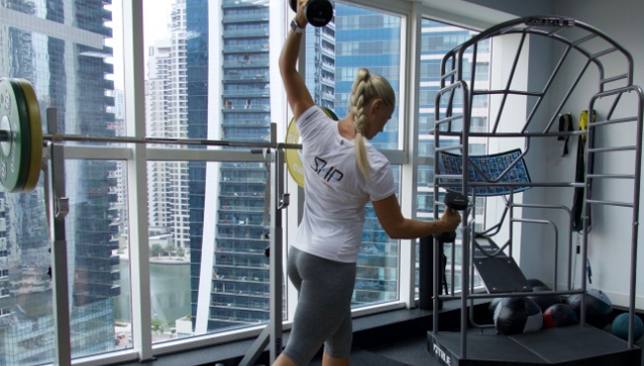
Imagine you are walking in a mall and drop your keys. You will instinctively bend over and pick up them up. When doing so you will bend at the ankles, knees, hips and spine and depending on where the keys landed you will reach short or far with your arm which will most likely require a side bend and rotation of the spine also. Now imagine the same thing happened while you were carrying a baby in one arm. How would that change your movement choice? Or if your child starts running away as you decide to bend over and you grasp to reach after him/her simultaneously.
All major joints in the body have the ability to move in three planes of motion. When multiple joints contribute to a movement, the accumulative joint motions and variables allow for infinite ways for us to move in our daily lives as well as during sports.
Three dimensional (3D) training can be considered a conscious utilisation of all three planes of motion when prescribing exercise techniques. You can choose an exercise that puts a single joint through all three planes of motion or you can create an exercise where certain joints emphasise certain motions, but all three planes are utilised in the overall movement. Exercises can and should be driven by movement tasks and descriptions such as “lunge towards that wall and reach towards the door to your right” or “squat and touch the sandbag next to your left foot”, instead of a detailed description of a textbook “perfect” movement.
While picking up our keys our entire body contributes with joint motion. Ideally, we will achieve our task while maintaining balance and spreading the force across our entire structural system in a way that does not provide injury or threat to any specific tissue. If the occurring motions are unfamiliar, rapid, require too much motion, a high load, or of similar nature to a previous injury our brain can perceive them as threatening and change our motions, or signal pain in order to avoid tissue damage. Problems may start to arise when we lose the ability or the confidence to execute certain joint motions. This can result in inefficient movement strategies or due to a lack of movement options, which can ultimately lead to acute or overuse tissue damage over time.
The problem with traditional resistance training exercises that originate from bodybuilding or strength sports is that they do not replicate authentic human movement. Even exercises like back squats and deadlifts just represent one way to pick up an object from the floor or to squat down. When doing so with very heavy loads, we are limited in our ability to us a wider range of joint motion simultaneously, i.e. picking up our keys from the floor that lie to the side and slightly behind us.
Also you will find that under high or rapid load the body will often naturally put itself into positions more suitable for greater stress. This is not always the case, particularly with those who have limited movement experience. Meaning many times body awareness coaching is required to emphasise a more purposeful and wider range of movement options. This is particularly important in sporting events where maximal output, efficiency and injury prevention is desired.